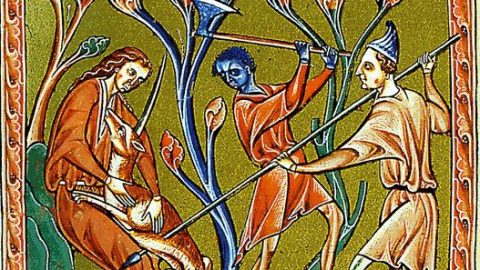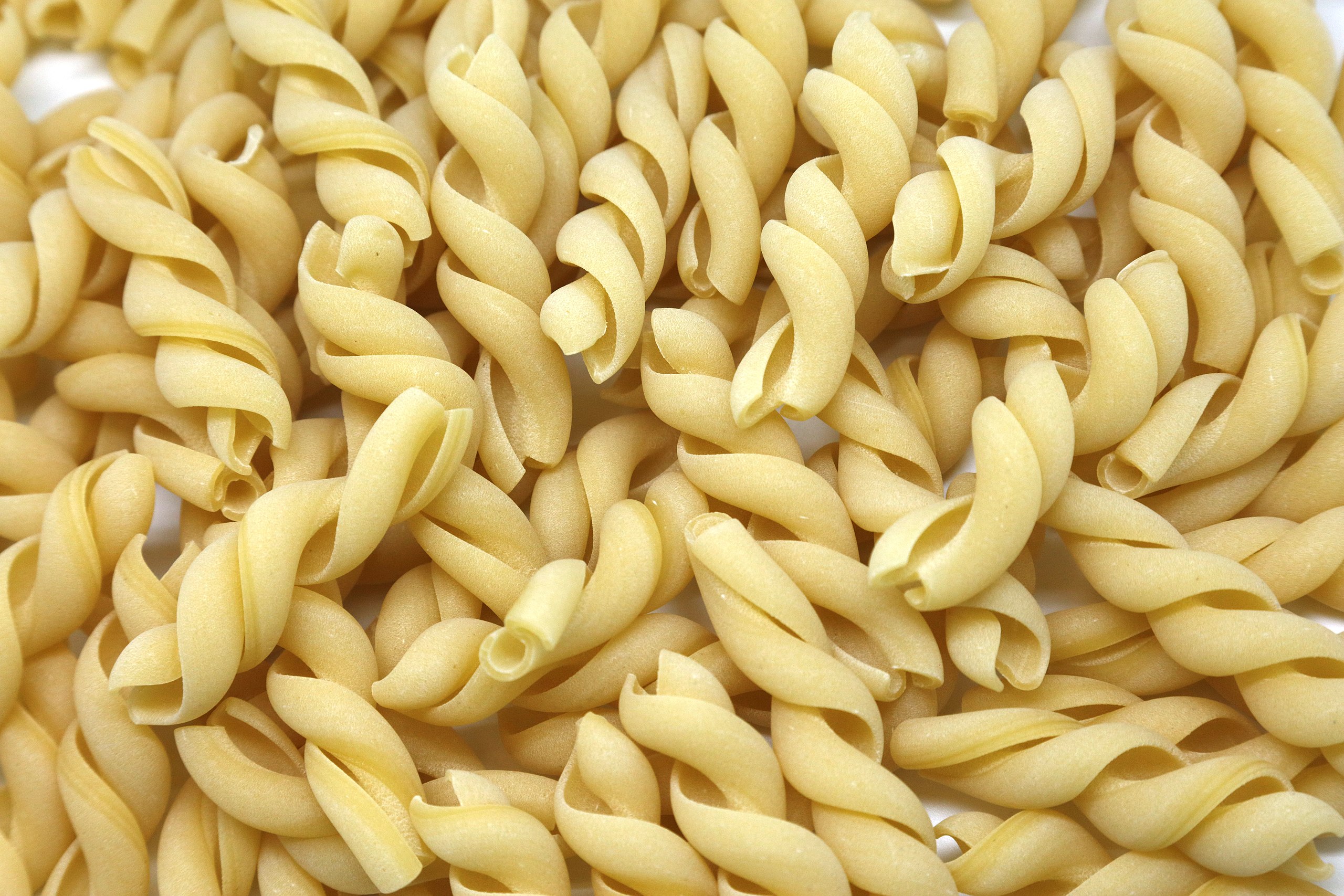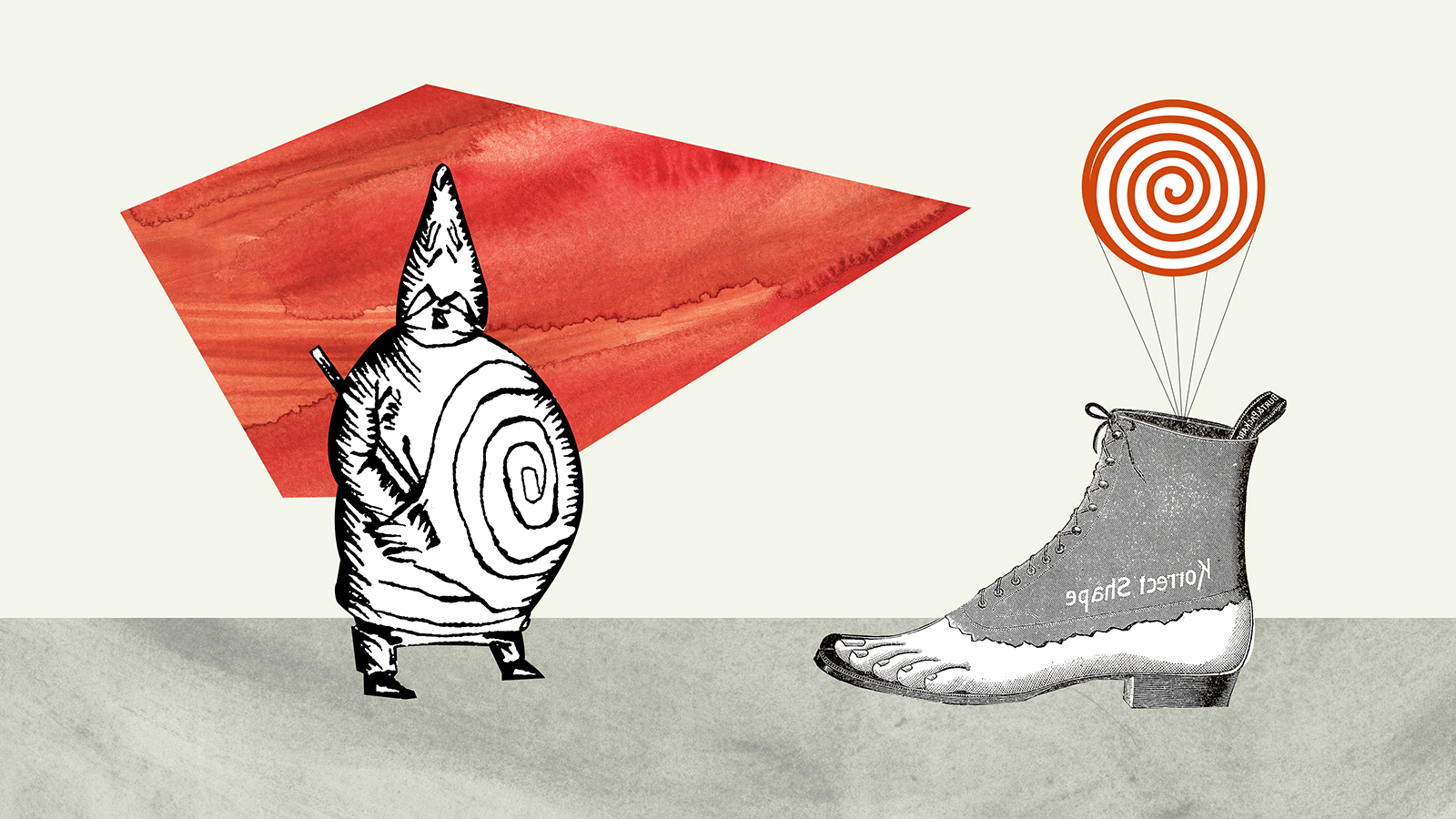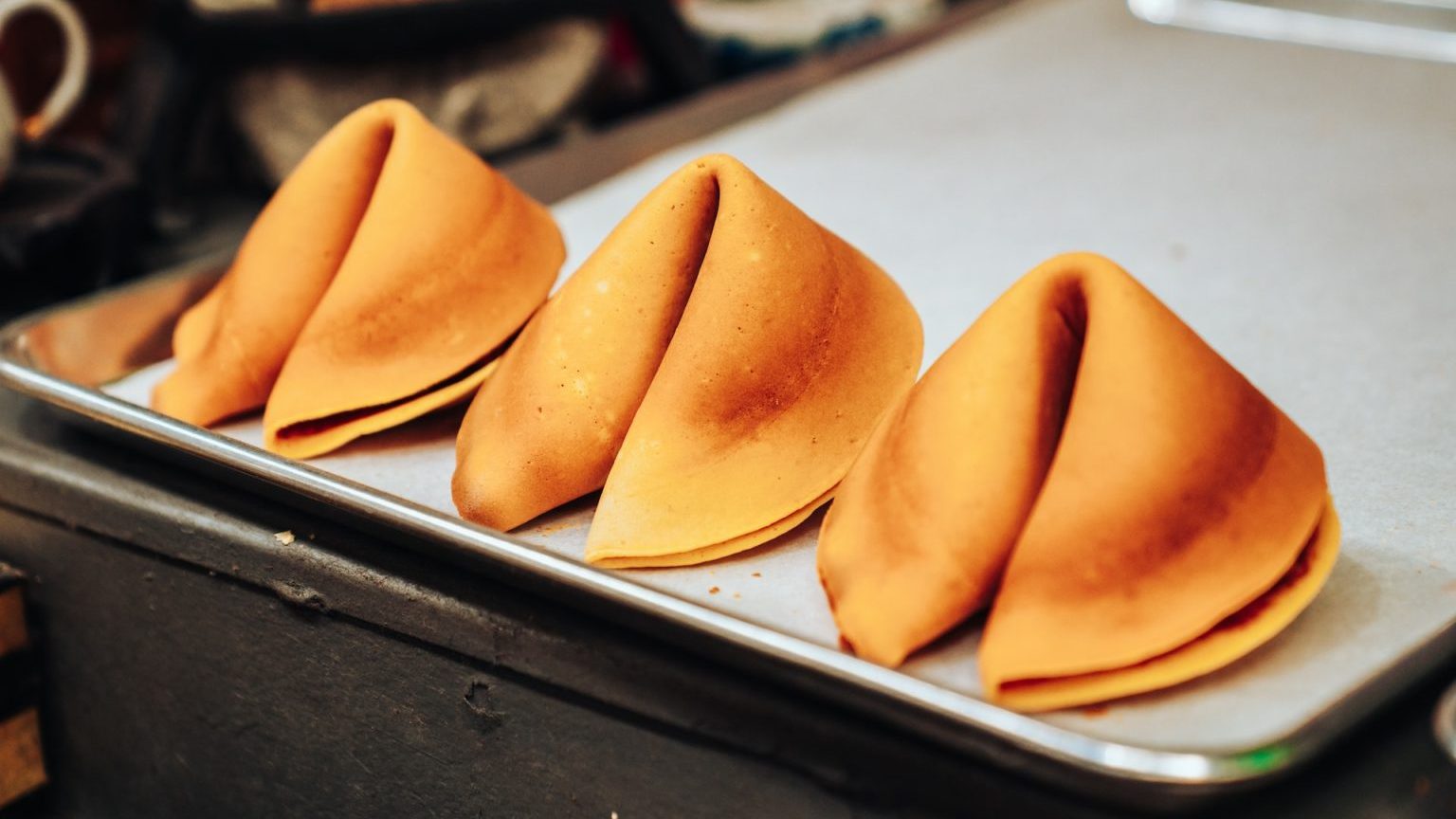Those beautiful medieval manuscripts were made from sheep, goats, and unborn calves

- Developed as an alternative to papyrus, parchment is made of dried animal skin.
- From the 6th until the 14th century AD, it was the primary material for European bookmakers.
- Dead animals not only served as writing material, but also as the subjects of poems and sermons.
Medieval manuscripts are filled with fine handwriting and imaginative illuminations, painstakingly copied by monks and held together by covers decorated with engravings and precious stones. However, even the most beautiful books hide an ugly truth, one many museum-goers never learn about: They were made from the skins of adorable animals. Many animals.
In fact, the death toll of medieval bookmaking was so high that it’s difficult to wrap one’s head around. The German historian and paleographer Bernhard Bischoff has estimated that as many as 500 sheep were slaughtered to produce the 2,060 pages of the Codex Amiatinus, a Latin translation of the Bible from 8th-century England with two equally dense sister manuscripts. (For context, the average English farmer today owns around 460 sheep.)
Even many researchers refused to accept literary evidence that the most coveted manuscripts were made of uterine vellum — the skins of unborn or stillborn calves — until archaeologists stumbled upon large quantities of premature skeletons in medieval bone pits across Europe.
While the ugly truth behind medieval manuscripts may have eluded modern readers, the same cannot be said for the authors and bookmakers of the Dark Ages. Back then, the ironic, symbolic, and morbidly fascinating relationship between writing and the writing surface was ubiquitous to the point that animals not only served as material for the latter but as a source of inspiration for the former.
The origin and production of parchment
Animal skin that has been prepared for writing is sometimes referred to as vellum, sometimes as parchment. Believed to have originated in the city of Pergamum in Asia Minor around 197 BC, parchment was developed as an alternative to plant-based papyrus after its primary producer, the Kingdom of Egypt, placed an embargo on its export.
The original goal of the embargo had been to prevent Pergamum’s scholars from preserving their culture and expanding their knowledge. In the long run, however, Egypt incentivized both Europe and the Middle East to switch to parchment. European bookmakers would stick with parchment until the 14th century, even after their counterparts in the Byzantine Empire had already moved on to paper.
Various medieval texts, including Theophilus Presbyter’s De Diversis Artibus, offer a detailed account of how parchment was made. Bookmakers used sheep, calves, and also goats. After the animals were butchered and skinned, their pelts were soaked in a solution of water and lime to loosen the fur. The wet pelts would then be spread on a stretcher and scraped clean of fur with a knife.

The pelts were further scraped until they achieved the desired thinness and smoothness — a process that took anywhere between a few days to a week. During this time, bookmakers periodically adjusted the tension of the stretcher to make sure that the pelt stayed taut as it dried and shrunk. Unlike leather, parchment was not tanned as this would make its surface tougher and therefore harder to write on.
Although the terms vellum and parchment are often used interchangeably, they are not identical. Technically, vellum was made from the skins of cows and calves, while parchment was made from sheep and goat skins. Parchment was generally scraped thinner, as well, to remove the grain and hair marks that remain visible on vellum. The less a manuscript page resembled its source material, the higher its quality.
Metaphors of sacrifice
As the author and literary historian Bruce Holsinger puts it in an article, the animal in parchment culture is not just the object of representation but also the “material substance of the literary object… the dead animal is the ‘context’ of medieval literary production in the most immediate way: that with which writing is joined or woven inseparably together as a text.”
The role of the animal in medieval literary production has been interpreted differently by different medieval writers. In a 12th-century sermon, the French theologian Petrus Comestor interprets this production as a positive transformation: The bookmaker “cleans the parchment of fat and removes all filth” to turn an animal from a creature of God into the very word of God, a copy of the Bible.
Riddle 24 from the Exeter Book, an anthology of Old English poetry from the 10th century, comes to a similar conclusion, describing manuscripts as works of art and divine inspiration. Crucially, though, the riddle shows sympathy for the slaughtered animal, presenting it as a victim whose “world-strength” gets stolen by a “life-thief” that “ripped off flesh and left me skin.”

A meditation on the Crucifixion from an anonymous author discussed in a book by medievalist C. Horstman compares the sacrifice of the animals killed in bookmaking to the death of Jesus Christ himself, writing, “Crist… streyned on the harde cros, moore dispitously… þan [than] ever was schepys skyn streyned… upon þe parchemyn-makeris harowe aȝens [against] þe sonne to drye.”
This comparison makes sense. Just as Christ died a horrible death on the cross to absolve humankind of its sins, so too did the suffering of innocent creatures enable the creation of manuscripts that were used to preserve and share the story of Christ — manuscripts that, in retrospect, had an incalculable influence on the development of Western civilization.
Turning over a new leaf
Fortunately for the goats and calves of the Dark Ages, books were not made in the quantity they are today. Their limited production is usually attributed to the nonexistence of the printing press and high illiteracy rates, but the cost of animal life — a critical resource for towns and villages everywhere — probably played an equally decisive role.
Thanks to the gradual advancement of paper milling techniques, paper could be produced more efficiently, in larger quantities, and at a lower cost than parchment, leading to the latter’s near total disappearance in the late 14th and 15th centuries. Paper also facilitated the aforementioned changes that parchment prevented, including the rise of literary genres unrelated to the Bible.
Of course, paper comes with ethical conundrums of its own, especially at present. The demand for paper goods plays a role in global deforestation. While medieval writers readily acknowledged the unsavory origins of their precious manuscripts, it seems that many of their modern counterparts have yet to reflect on the extent to which their literary production contributes to environmental destruction. This time, though, a simple comparison between trees and Christ — or, better yet, the wood of the cross — isn’t going to cut it.





